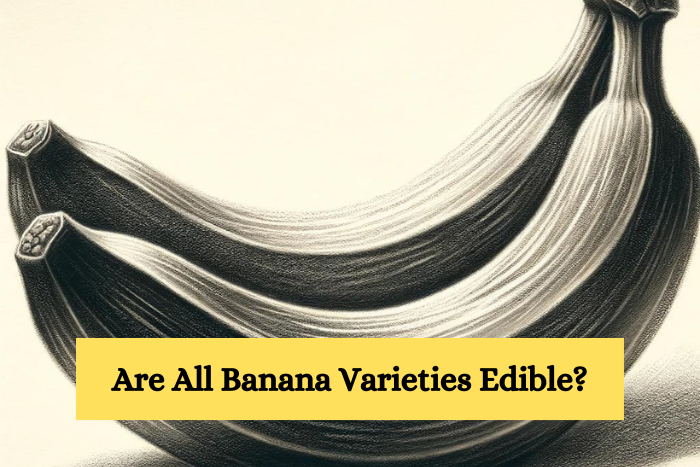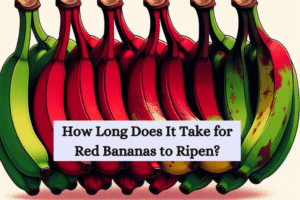Bananas come in diverse varieties, not all of which are edible. Edible bananas, like Cavendish, are sweet and seedless, ideal for snacks and cooking. Non-edible varieties may have hard seeds or high starch content; some can even be toxic. Always identify safe, edible bananas, especially when traveling.
Imagine wandering through a market, your eyes scan over bunches of bananas. Some you recognize, others seem foreign, even inedible.
Bananas are a staple fruit globally, with an astonishing variety unavailable in the average grocery store. I’ll guide you through this spectrum beyond the familiar yellow curves of the Cavendish variety.
Many banana species aren’t meant for your morning smoothie despite their cheerful exterior. Some are full of hard seeds, others have a high starch concentration, making them unpalatable.
The difference between an edible ‘dessert banana’ and a plantain or wild variety goes beyond mere taste; it’s hinged on genetics, cultivation, and even tradition. Identifying non-edible bananas is key.
Wild species may have an abundance of seeds and a tough texture. They’re often found far from commercial plantations, in native forests, or in managed wild groves.
🍌 Identification Guide: Edible vs. Non-Edible Bananas 🍌 |
|
|---|---|
| Edible Features: | Sweet, seedless, soft texture |
| Non-Edible Features: | Hard seeds, high starch, potential toxins |
| Brought to You by whatbanana.com | |
Edible bananas, conversely are seedless, soft, and sweet when ripe. Local farmers and experts can be a wealth of knowledge in understanding which varieties are safe to eat.
Eating the wrong banana can be risky. Some varieties contain higher amounts of tannins or even toxins that can cause discomfort or worse if ingested.
It’s not common, but it’s a reality we should be aware of especially when traveling to places with rich biodiversity in banana species. Wild and inedible bananas aren’t a disappointment; they play essential roles in local ecosystems.
They provide food for wildlife, aid in soil stabilization, and offer genetic diversity that might be crucial for the future of bananas in the face of disease and climate change. Understanding the value of these varieties helps us appreciate bananas not just as food, but as members of a complex ecological web.
Savoring the Safe Bananas: Navigating Towards Nutritious Choices
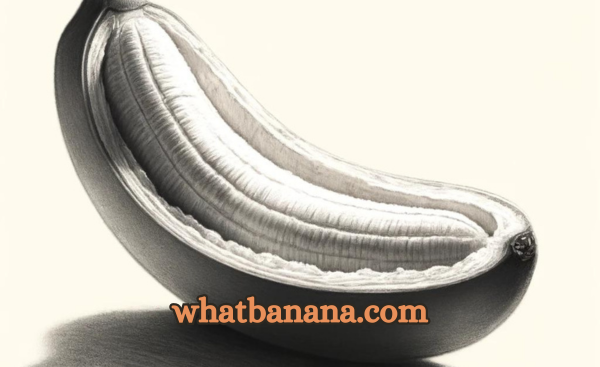
I’ve discussed the complexities surrounding banana varieties and how not all are fit for your fruit bowl. Now let’s shift focus to those you can enjoy safely.
Around the world, several banana varieties are not only edible but also provide significant health benefits. These include the common Cavendish bananas that stock supermarket shelves, the smaller and sweeter Lady Finger bananas, and the starchy plantains, which are terrific when cooked.
Choosing the right type of banana can depend on your intended use. If you’re looking for a quick snack, the soft and sweet flesh of ripe Cavendish or Gros Michel bananas is perfect.
In contrast, if you’re cooking, plantains or green bananas, rich in resistant starch, might be your pick. Don’t forget the health advantages of edible bananas.
They are packed with essential vitamins and minerals, including vitamin C, potassium, and dietary fiber, which support heart health and digestion. Incorporating bananas into your meals is simple.
Add sliced bananas to your morning cereal or oatmeal, blend them into a smoothie, or bake them into banana bread. For a savory twist, try frying or boiling plantains as a delightful side dish.
My Final Thoughts
- Variety of Bananas: Beyond the familiar Cavendish, numerous banana types exist, like the sweet Lady Finger and starchy plantains, each with unique uses.
- Identifying Edible Bananas: Edible bananas are sweet, soft, and seedless.
- Health Benefits: Edible bananas, such as those in supermarkets, provide essential nutrients like vitamin C and potassium, supporting heart health and digestion.
- Cooking with Bananas: Use ripe Cavendish or Gros Michel bananas for snacks and smoothies, while plantains are perfect for frying or boiling as savory side dishes.
- Importance of Diversity: Protecting various banana species, especially against diseases, ensures sustainable and nutritious options for future generations.
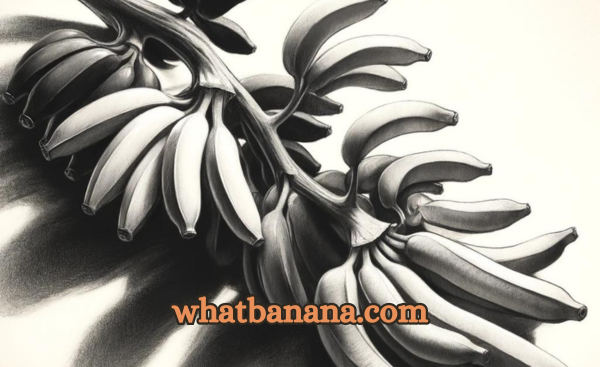
Looking ahead, the conservation of banana diversity is crucial. With threats like disease affecting crops, supporting efforts to preserve banana diversity becomes more important than ever.
By valuing the bananas we can eat, we encourage sustainable practices that secure these nutritious fruits for future generations. How do you think the diversity of banana varieties impacts our choices and health benefits, and what are your experiences with different types of bananas?
Let me know in the comments below!
FAQ
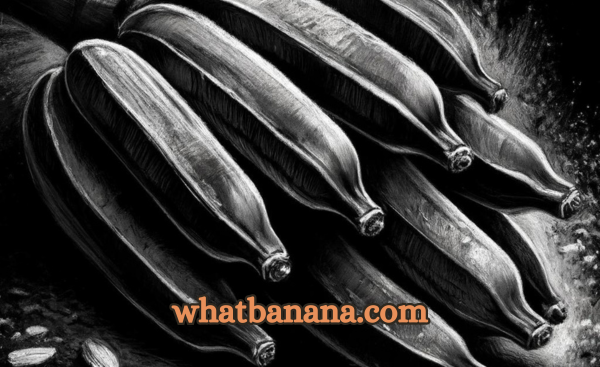
1. What are the different types of bananas?
- There are several types of bananas, including Cavendish, Lady Finger, Gros Michel, and plantains. Each variety has unique characteristics suited for different culinary uses.
- Beyond the common varieties, there are also wild bananas that may be hard and seedy, often not suitable for raw consumption.
2. How can you tell if a banana is edible?
- Edible bananas are usually sweet, soft, and seedless when ripe. Familiar varieties include Cavendish and Lady Finger bananas.
- Inedible bananas might have hard seeds and a high starch content. They are often found in wild or native forests and can be identified by their tougher texture and less sweet taste.
3. What are the health benefits of bananas?
- Bananas are rich in essential vitamins and minerals like vitamin C, potassium, and dietary fiber, which support heart health and digestion.
- They provide a quick source of energy due to their natural sugars and are also known to help regulate blood sugar levels and improve gut health.
4. How do you use different types of bananas in cooking?
- Ripe Cavendish or Gros Michel bananas are perfect for eating raw, adding to smoothies, or baking into desserts like banana bread.
- Plantains or green bananas are best for cooking methods like frying or boiling and can be used in savory dishes as a side or main ingredient.
5. Why is preserving banana diversity important?
- Preserving banana diversity is crucial to protect against diseases that can devastate crops and ensure a sustainable supply of nutritious bananas.
- Genetic diversity in bananas can lead to the development of new varieties that are more resistant to pests, diseases, and climate changes, securing food sources for future generations.
- Bananas: The Secret Weapon for a Healthier Heart
- Banana Safety 101: Which Varieties Are Edible?
- Are You Allergic to Bananas?
- Timing the Perfect Red Banana Ripeness! (Solved!)
- Ever Wondered Why Your Banana Tastes Spicy? Here’s the Answer!
- Is it Safe to Eat Bananas That Have Split Open? (3 Banana-Splitting Facts)
